Laura clearly wrote this title, as after a week spent in Spanish school, Vesper knows it should read “devenir fluido en español.” Vesper has spent the last five mornings attending Spanish classes at the Antiguena Spanish Academy to help improve upon what he’s learned so far using Duolingo, and he hopefully learned enough to get us through the rest of Central and South America. I’m sure he’ll be awesome! Especially since I know nothing other than “mi nombre es Laura,” “¿Donde está la biblioteca?,” and a smattering of numbers.
We arrived in Antigua Sunday afternoon and walked around the city so we could find Vesper’s school and scope out some delicious street food (notice a theme yet?). Antigua, a designated UNESCO World Heritage Site, is a small Spanish colonial town surrounded by volcanoes. Its colorful buildings and cobblestone streets make it very picturesque and much more charming than Panajachel, despite the touristy feel with the amount of foreigners studying Spanish here.
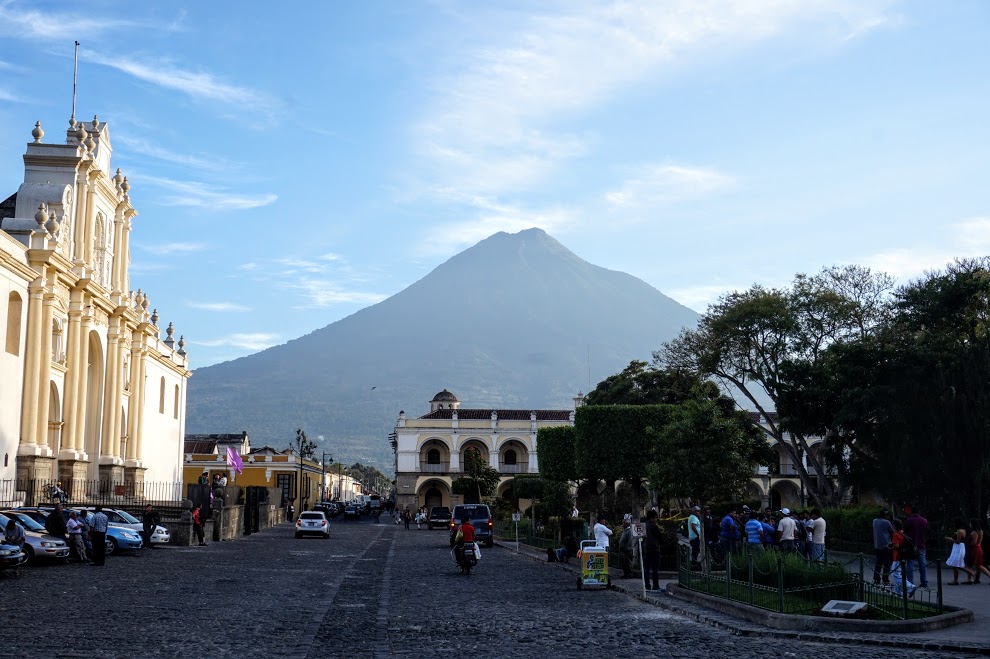
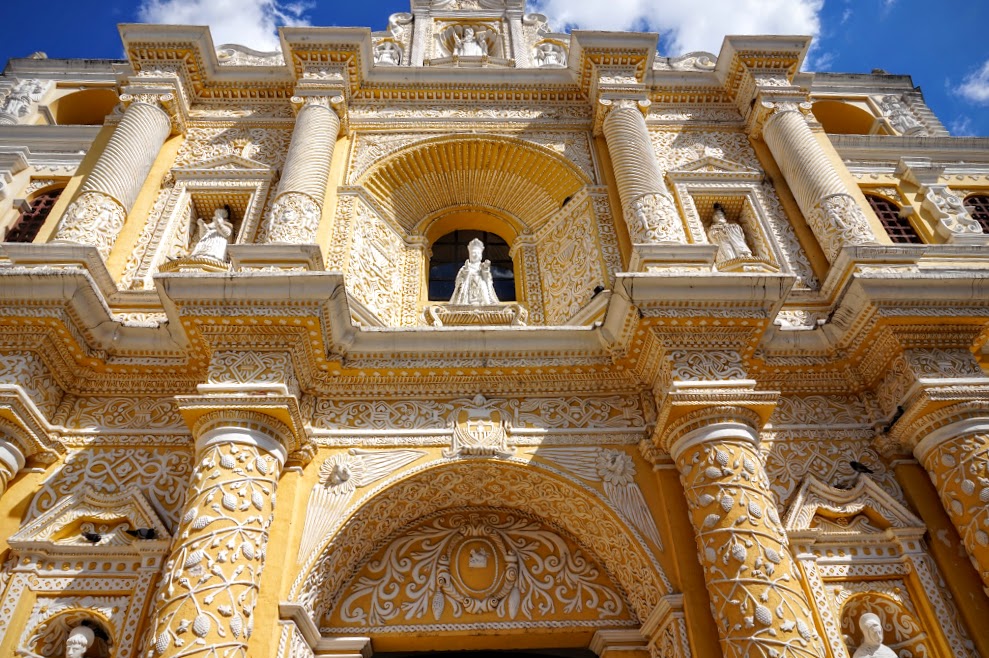
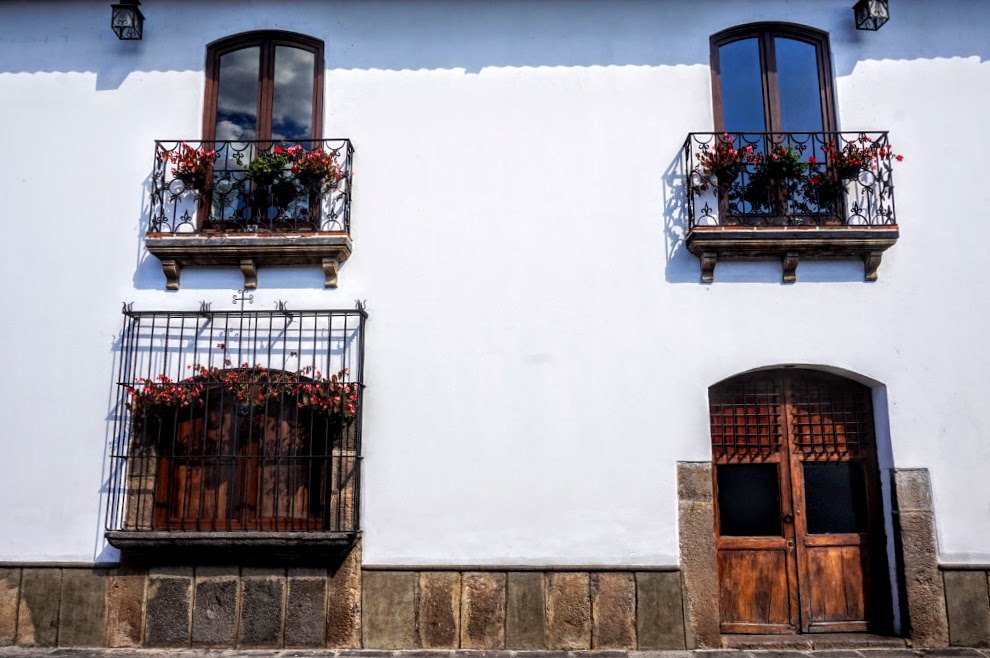
Vesper woke up bright and early each day this week (aka grumpily snoozed his alarm five times) to attend classes from eight until noon. Meanwhile I spent the mornings at our hostel reading, researching good eats and future destinations, meeting other travelers over breakfast, and practicing French on Duolingo (we figured we should do different languages to cover more parts of the world). In the afternoons, Vesper’s school offers free activities to introduce the students to different parts of the town and, of course, practice more Spanish.
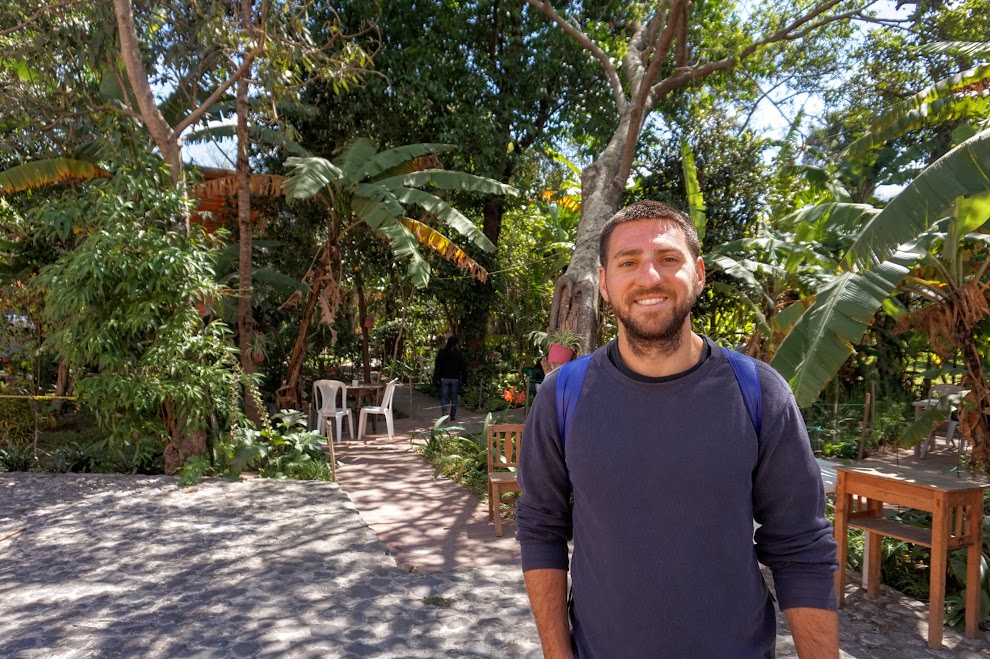
Monday and Tuesday were walking tours in different parts of the city. The first was a basic tour of Antigua, showing us the markets, famous landmarks, and traditional places to eat. I understood about a tenth of the all-Spanish tour, and Vesper happily translated things to me like, “This is a church!” Good thing he was there to clarify - but at least he’s practicing! Tuesday we traveled on a chicken bus to another part of town, where we toured a convent, a chocolate shop, and a small winery. Now this was my kind of tour! Despite it being in Spanish, I was content to nod along while sampling delicious types of chocolate (including ginger, coffee, and chili) and wine made from all kinds of plants and fruits. Vesper translated the various types for me, which included peaches, lemons, and even camomile! Since Tuesday was Carnaval (what we think of as Mardi Gras), we also learned about a tradition where cascarones (egg shells) are dyed and filled with pica-pica (confetti). School children then break them over each other’s heads for good luck (supposedly), but more likely it’s their last day to have fun and be crazy before Lent begins.
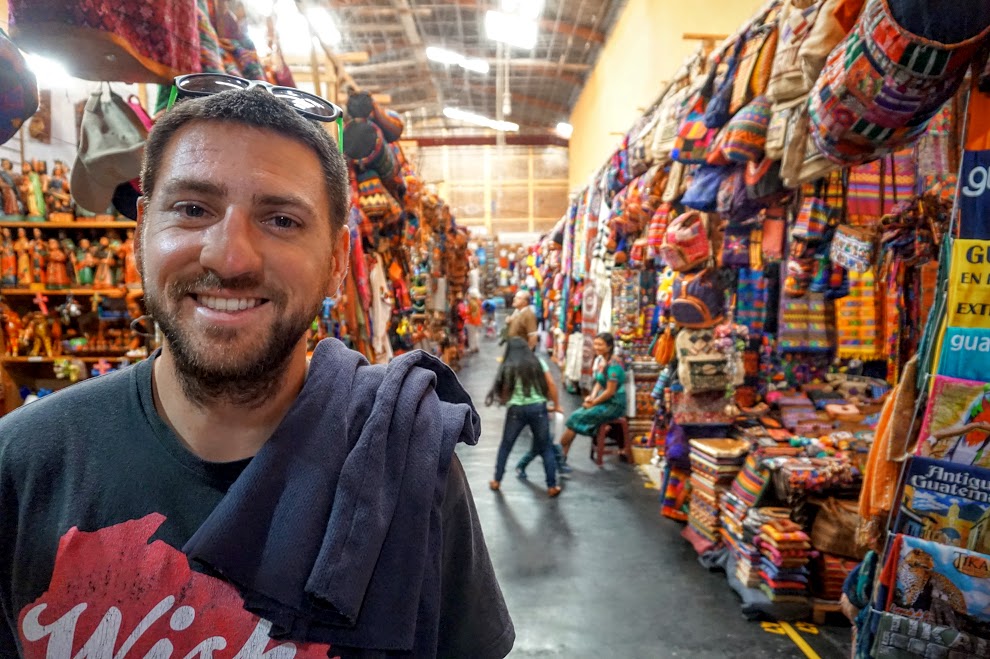
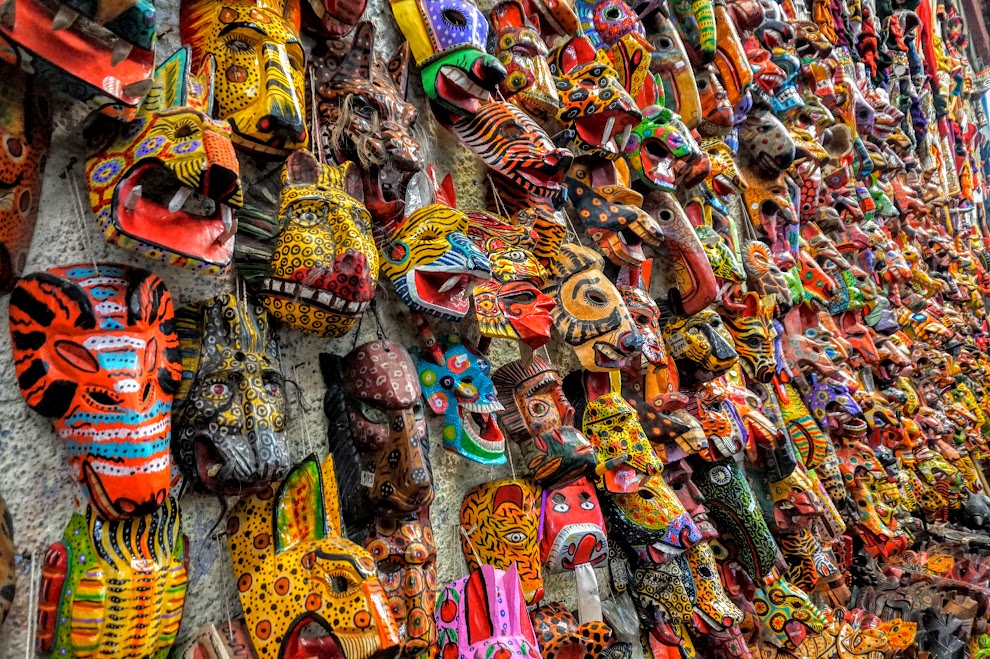
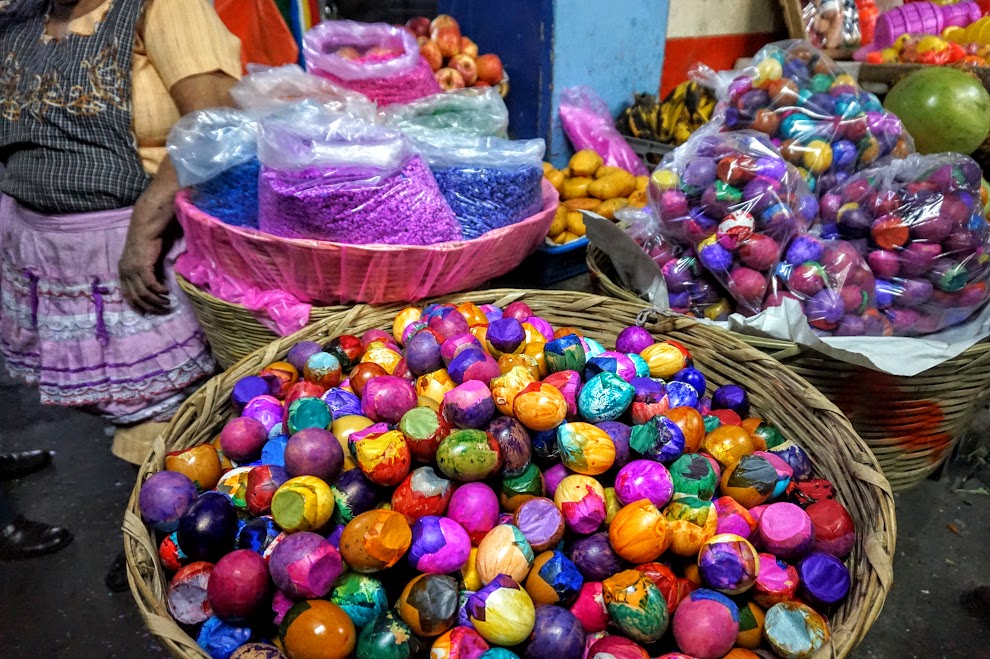
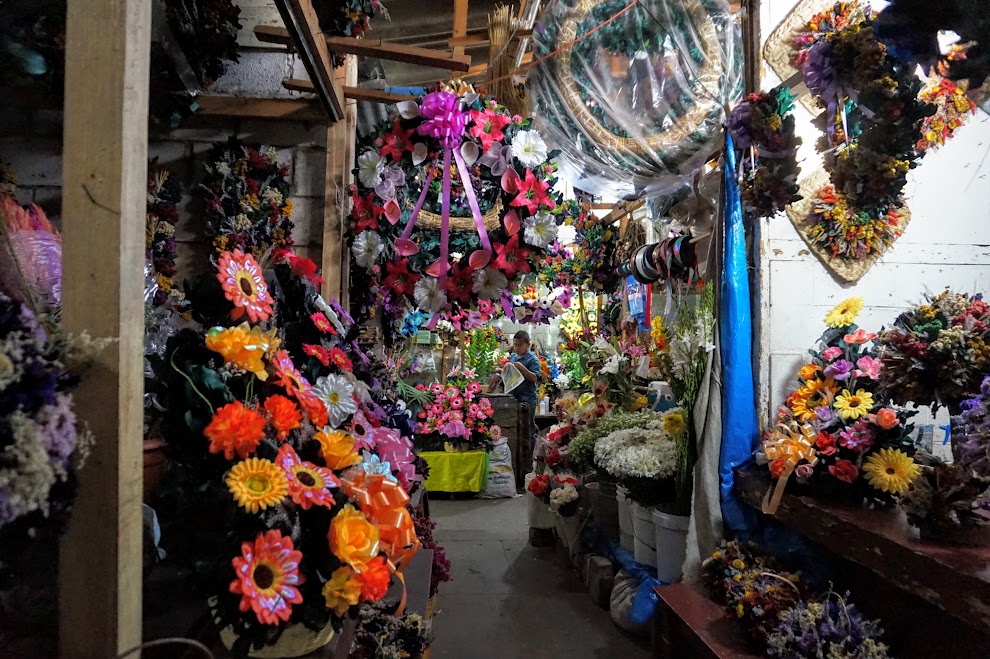
Tuesday evening while eating dinner at our hostel, we started to hear what sounded like muffled explosions. The hostel owner brought us all outside where we could see that Volcán de Fuego was erupting! Apparently this happens on a pretty frequent basis, but the owner had never heard it going off so continuously. The next morning, it was still spewing lava and smoke and the city had a thin layer of ash everywhere - an appropriate setting for Ash Wednesday! Since it was the first day of Lent in a very Catholic country, Vesper’s teacher offered to take us to a nearby church that had set up alfombras, beautifully colored carpets made of dyed sawdust, fruits, flowers, vegetables and more. I found this cool blog that describes the process, which is especially prominent here during Holy Week. There are going to be even more throughout the city this weekend, plus huge processions with religious figures lasting hours as they parade through town.
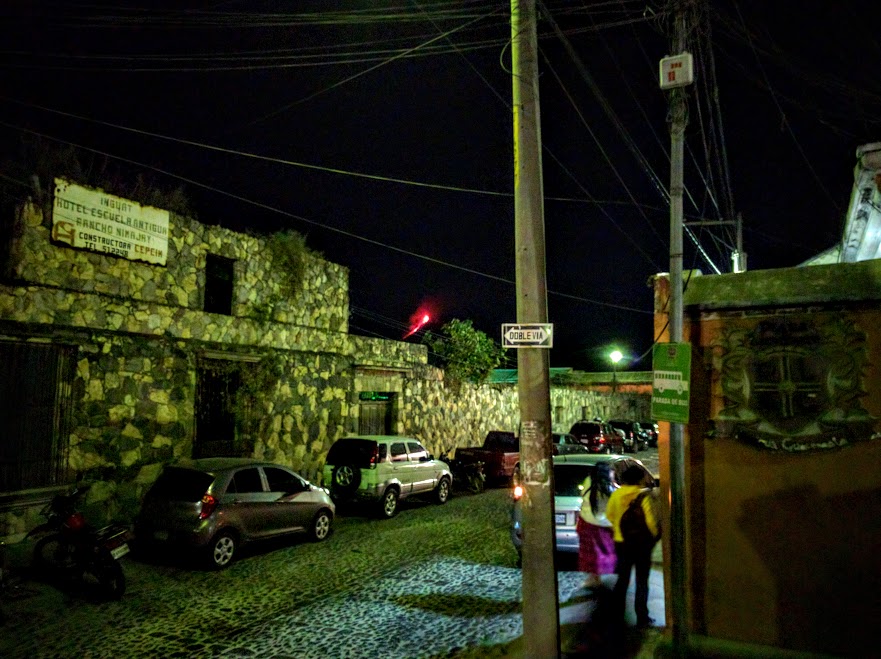
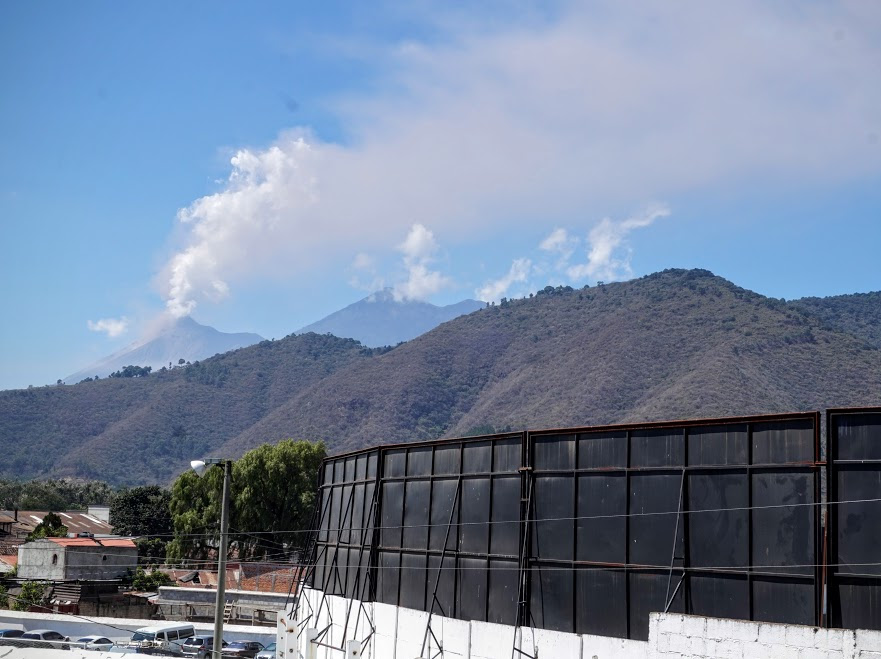
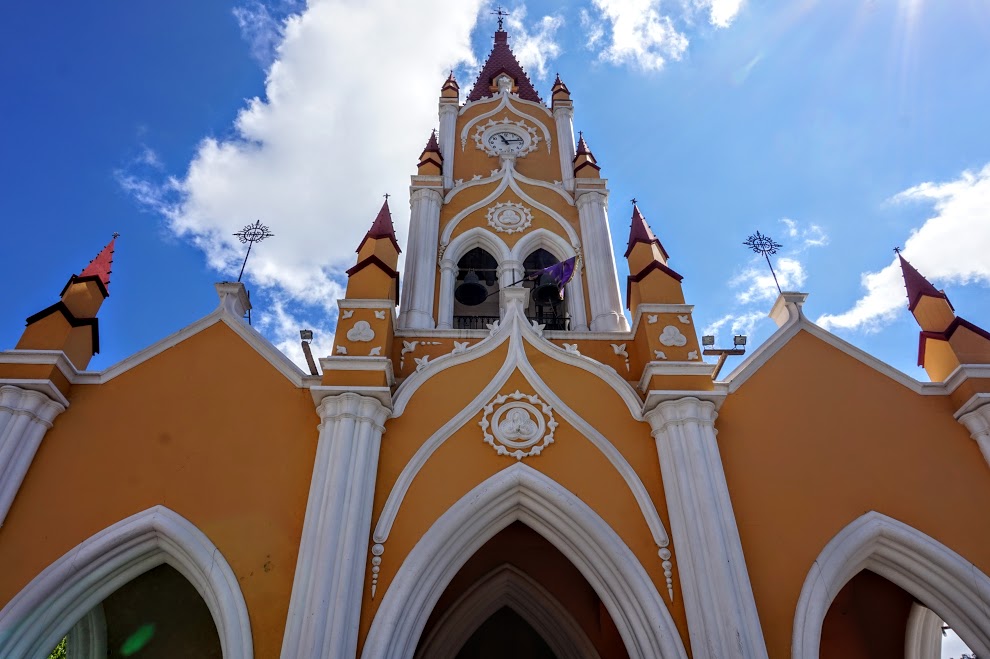
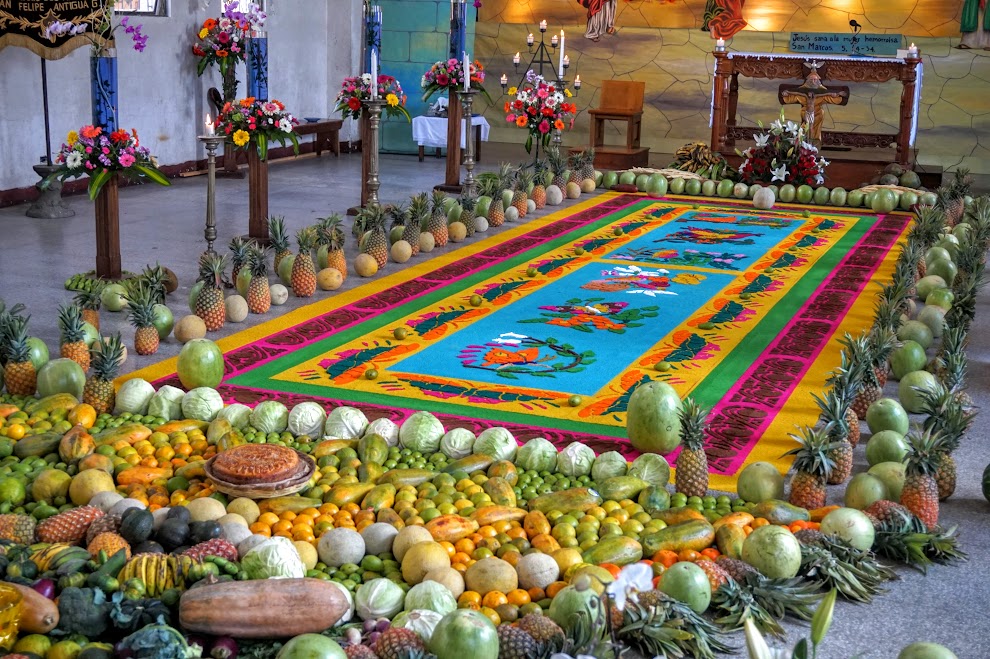
That afternoon, we decided to skip the school’s tour and instead climbed Pacaya, another one of Guatemala’s active volcanoes. It was very pretty, but incredibly steep. We could not climb to the top of the crater as it was too dangerous, but we were able to roast marshmallows on thermal vents through a two year old lava flow at the top most portion of our hike. After that treat, we walked halfway down to watch the sun setting behind the three other volcanoes in the area: Volcán de Fuego, Acatenango, and Volcán de Agua (see the cover photo at the top of this post).
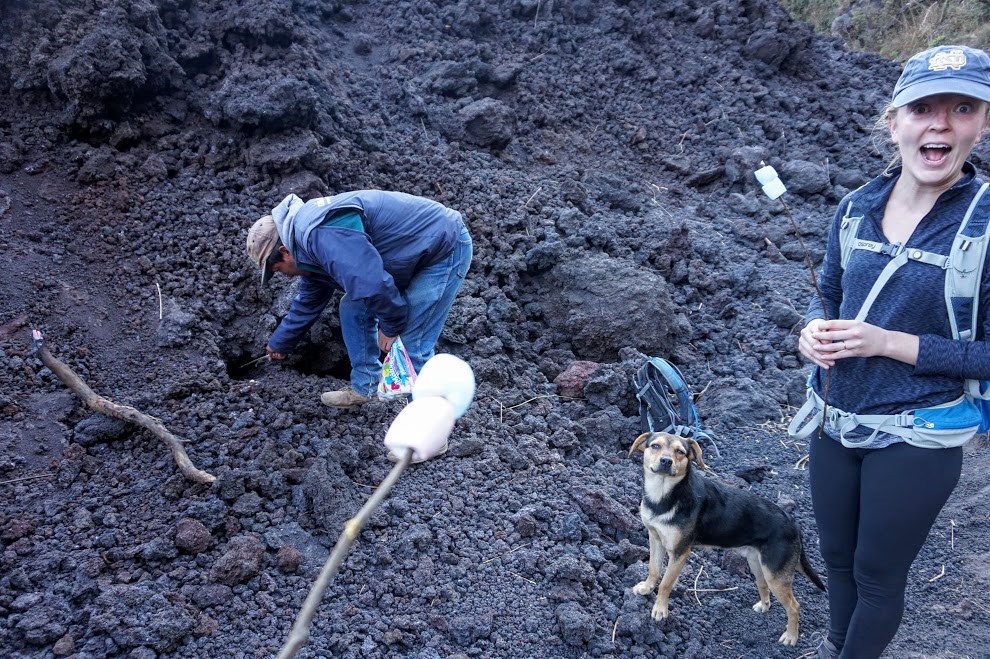
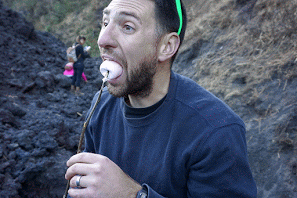
Thursday we realized we didn’t have any plans past Vesper’s last Spanish class on Friday, and we needed to figure out what we were going to do Friday evening and whether we’d stay longer in Guatemala or venture off to a new place. Our friend Clark is going to be in Ecuador next week, so we decided to meet up with him. We’re going to spend a few days in Bogotá, Colombia, then head down to Quito.
As we wrap up our time in Guatemala, here are a few observations from our stay:
- Guatemala is twice as expensive as Mexico! It’s still relatively cheap, but with the quetzal at about 8:1 USD, it’s more than double the peso’s 18:1 ratio. We were spoiled starting in a place so cheap.
- Guatemala (or at least the cities we visited) does not even come close to having the amount of street food that’s in Mexico. Those amazing highway barbacoa tacos we had are still winning best street food of the trip. We’ve started googling best cheap eats since there aren’t food stands everywhere.
- “Hot” is a relative term when it comes to describing showers. Our hostel boasted they had them, but we’d call them lukewarm at best. You could say it’s preparing us for what’s to come in the rest of South America.
- Coffee here is amazing. We can’t wait to see how Colombia compares!
¡Hasta luego, Guatemala!
